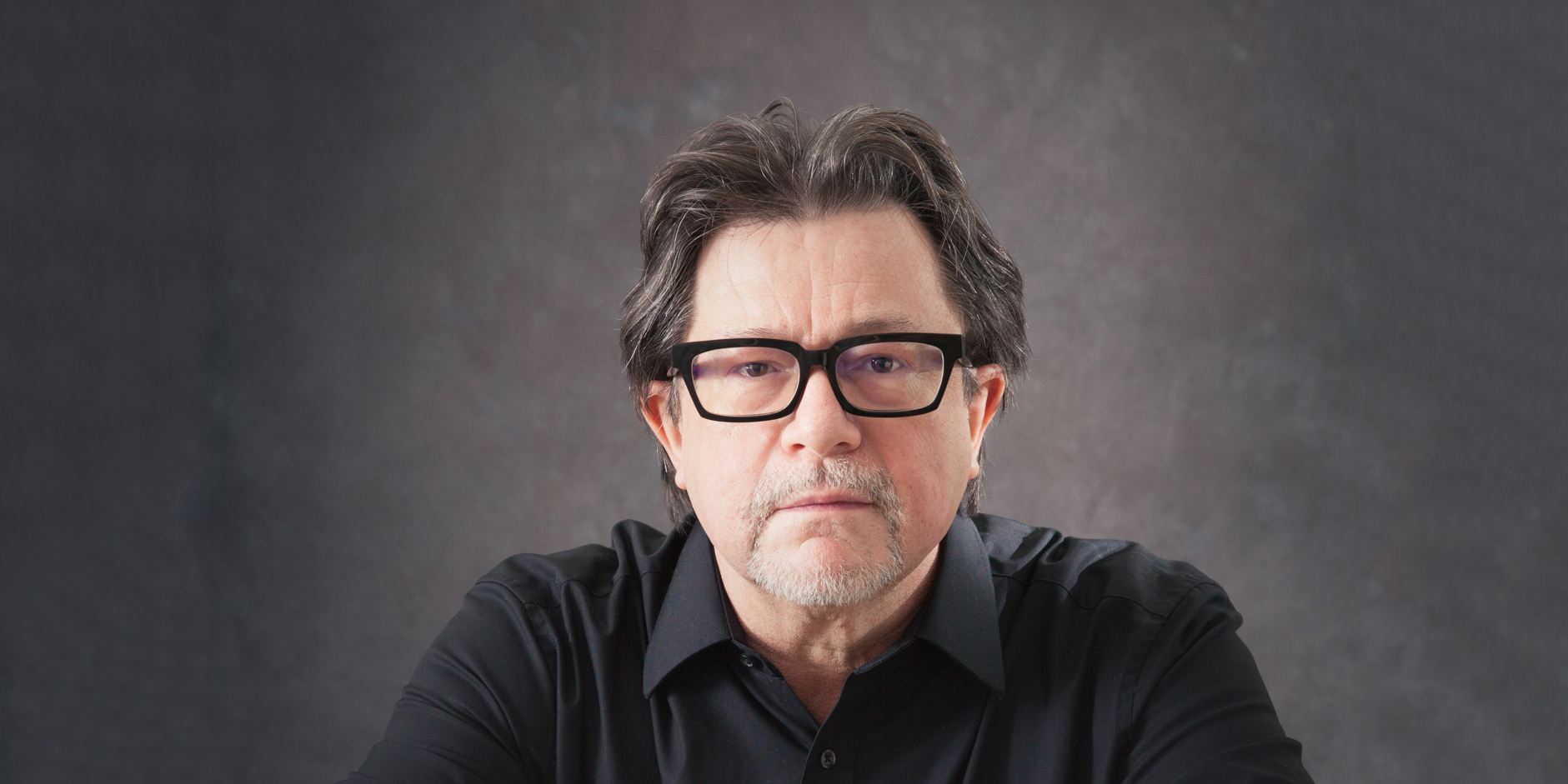Since 2004, the exhibition director and historian Karl Stocker has been head of the bachelor’s program in Information Design. Since 2006 he has also been head of the Master’s degree program Exhibition Design, where he passes on his practical professional experience to students.
Karl Stocker | The Interview with the head of the Institute of Design and Communication
FH JOANNEUM, 06. May 2020
Do you really hate exhibitions?
Karl Stocker: Yes, most of them! Very often I find exhibitions boring. What annoys me the most are those exhibitions where I already know what they will be like beforehand. This applies to both content and design related aspects. Exhibition is a very large medium. You can tell the most interesting stories by questioning stereotypical opinions, and asking questions which the public does not expect. These things are then implemented in the spaces by means of aesthetics. It is like making films, or actually even better, because here you can even walk through the film. You have to fascinate the visitors, that is the task.
How to make interesting exhibitions?
The most important thing is to formulate questions which you have never asked yourself before. This usually takes place in a transdisciplinary and ‒ as phrased by Michel Foucault ‒ de–disciplined team. This means working across disciplines, but also not being restricted by individual disciplines. For example, I enjoy working with theatre people because they are used to developing interesting stories, but I also enjoy working with my best friend, a doctor, who is also generally incredibly educated. This is how you can think off the beaten path. It is also very important to integrate the aesthetic/design aspects right from the start. The exhibition designers must be involved from the beginning, and must help to evolve the project. The productive, creative interaction between content and design is extremely important for the successful realization of an exhibition project.
What is the Master’s Program in Exhibition Design like?
As I have just explained, the specific asset of the Master’s degree program Exhibition Design is this combination of aesthetics and content, which should be conveyed through the classes here. The fact that the practical element is naturally also central to a design degree program is clear. Already during the program we undertake many real projects with institutions and companies, since the implementation competence which our students gain is a fundamental unique selling proposition of our training.
What are the challenges of an Information Designer?
On the one hand working in an interdisciplinary team, on the other hand focusing on content and consequently creating design solutions which can make life easier or even improve it in the best case scenario.
Will Information Design still exist 100 years from now?
For sure. Information Design will rule the world one day…
How would you describe Information Design to your grandmother?
Basically it is about setting up expert knowledge by means of design tools in such a way that everyone is able to understand it.
What inspires you the most about your work?
I have a very motivated team around me, and I appreciate the work with my Information Design students a lot. I especially find it very interesting to observe how students try to approach the world. A lot of them look at the meaning of life in an optimistic way. I therefore work together with many of the so-called ‘do-gooders’, which is something I very much value.
How do you approach design that doesn’t work?
This shouldn’t actually happen, since we constantly test designs to see whether they actually work. Design works best if it’s not noticed at all. Good design is therefore nearly invisible.










